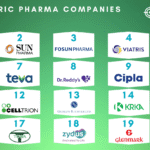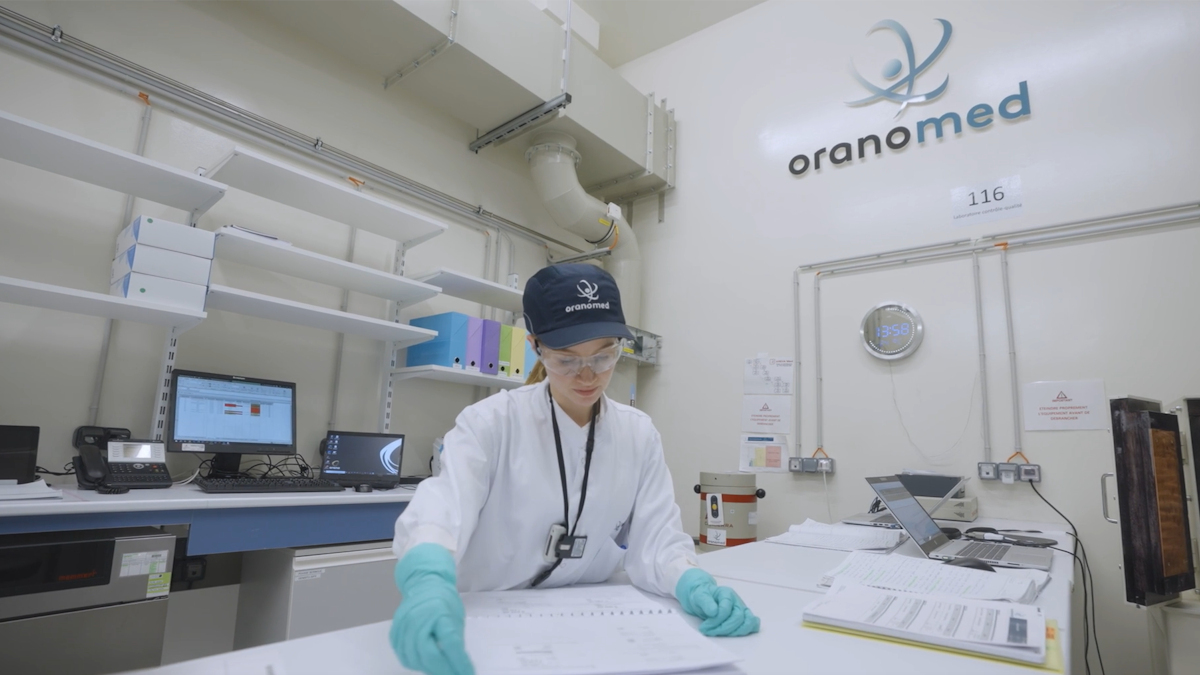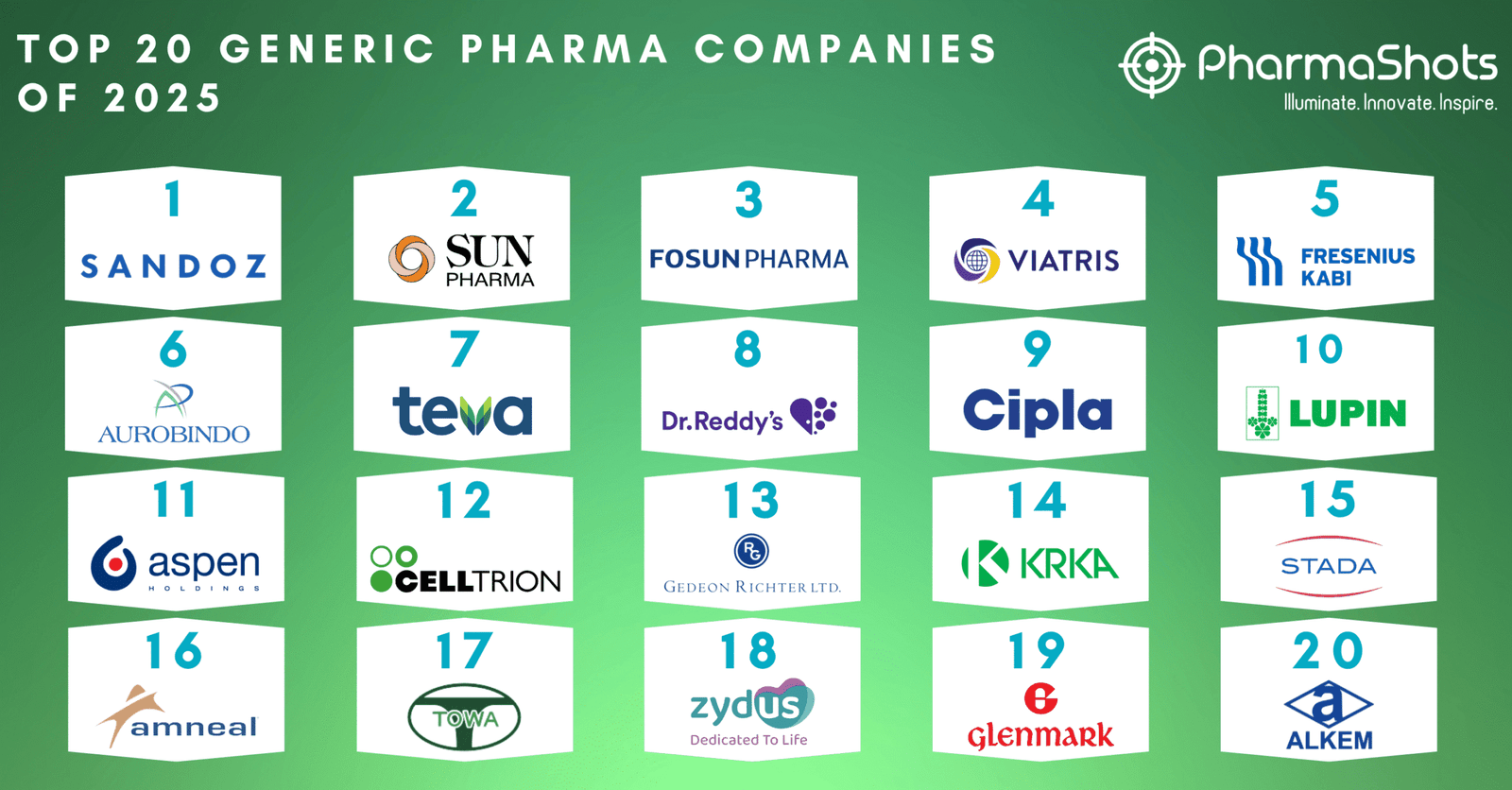
Sanofi has said its radioligand therapy (RLT) for gastroenteropancreatic neuroendocrine tumours (GEP-NETs) hit all its objectives in a phase 2 study, setting up possible regulatory filings.
The mid-stage trial of AlphaMedix (212Pb-dotamtate) – developed in partnership with Orano Med and RadioMedix – showed that the somatostatin receptor (SSTR)-directed RLT was effective in both treatment-naïve GEP-NET patients as well as those previously treated with Novartis’ RLT Lutathera (177-dotatate).
Sanofi raised its interest in AlphaMedix when it bought a 16% stake in Orano Med, a subsidiary of French nuclear fuel company Orano, for €300 million ($325 million) a year ago, building on an earlier three-way alliance for the drug with RadioMedix.
In the open-label ALPHAMEDIX-02 study, the RLT was administered to patients with unresectable or metastatic SSTR GEP-NET patients who had previously been treated with peptide receptor radionuclide therapy (PRRT) – i.e. Lutathera – as well as a PRRT-naive group.
The full data isn’t yet available, but Sanofi said AlphaMedix met all primary efficacy endpoints and showed “clinically meaningful” overall response rates (ORR) and prolonged clinical benefits – including improvements in progression-free survival (PFS) and overall survival (OS) – in both cohorts.
AlphaMedix differs from Lutathera because it is an alpha rather than a beta particle emitter, which offers the potential to limit exposure of surrounding healthy tissue to radiation and reduce side effects. With that in mind, it was granted a breakthrough designation by the FDA last year for both PRRT-exposed and PRRT-naïve GEP-NET patients.
Orano Med’s chief medical officer, Volker Wagner, said the readout represents “a pivotal movement for 212Pb-based platform,” adding: “These data reinforce our belief that delivering highly potent alpha-emitters directly to cancer cells could potentially offer a meaningful new treatment option for people living with GEP-NETs.”
Using 212Pb as the isotope in the RLT means that Sanofi and its partners can also sidestep some of supply issues that are affecting companies developing other alpha emitters, such as actinium-225, favoured by rivals like Novartis/Mariana Oncology, AstraZeneca, Bristol-Myers Squibb, and Bayer.
Lutathera was first approved as a GEP-NET therapy in 2018 and achieved sales of $724 million last year. It is facing the threat of competition from other companies, notably ITM, which reported phase 3 results with its 177Lu-based ITM-11 earlier this year and has said it intends to file the RLT for approval this year, and Lantheus which has developed a generic version of Novartis’ drug.
This morning, ITM reported dosimetry data from its COMPETE trial of ITM-11 (177Lu-edotreotide) at the European Association of Nuclear Medicine (EANM) in Barcelona, Spain.









